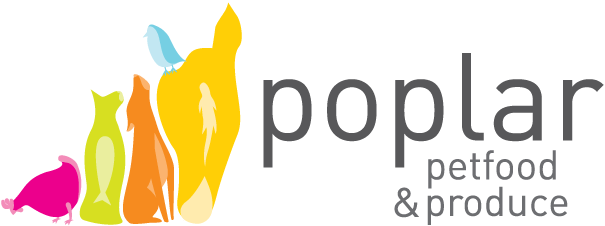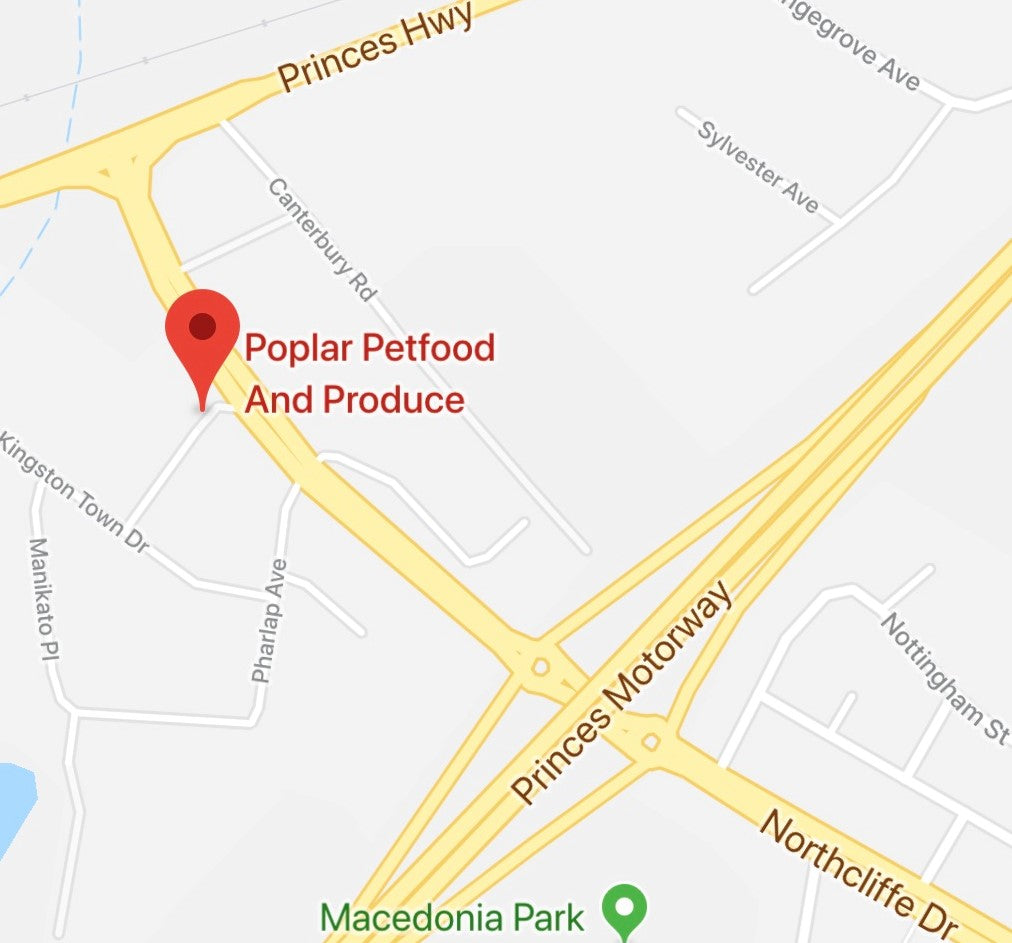
Why Did My Chooks Stop Laying?
It never fails. Every Autumn, your satisfying routine of enjoying a cup of coffee and wandering to the coop to collect eggs comes to an abrupt halt. It seems like just yesterday you were collecting an armful of eggs and now your hens seem to have gone on an egg-laying strike.
Just like clockwork, we get many customers in asking, “Why did my chooks stop laying?” It’s a pattern that emerges every Autumn and Winter. But don’t worry. If your hens have always been happy, it’s nothing that you’ve done. You’re more than likely experiencing a natural egg-strike caused by your hen’s hormonal shifts.
This article gives you insight into the two top reasons why hens stop laying eggs around certain times of the year and some options to help encourage your birds to lay.
Daylight Requirements
The most common reason hens stop laying eggs or produce fewer eggs is from a decrease in daylight hours. Hens go into egg-laying hibernation mode as the sun sets earlier. They need around 14-16 hours of daylight to continue a reliable egg production, and with winter sweeping in, they start producing less until there aren’t any eggs to collect. Daylight hours work in conjunction with hormones that are responsible for laying eggs. There is plenty of sunlight during spring and summer to boost hormone production. But as the sun starts to set earlier and earlier, a domino effect occurs. With less hormone production, there are fewer eggs. The opposite happens as it turns into spring and summer.
You’ll also notice some physical changes in the hens, which are tell-tale signs that you’ll soon be getting eggs again. The biggest changes you’ll see are how the waddles and combs of your hens become redder, and their abdomens appear and feel softer and larger.
Some hen experts recommend using artificial lighting during the winter months to help encourage your hens to continue laying. If you choose to go this route, keep your hen’s exposure to the light to a natural minimum by connecting the lights to timers. Let our pet experts know if you need assistance in choosing a lighting system.
The Seasonal Moult
Moulting is a period of losing and regrowing feathers. You’ll notice that it happens around the same time as egg production decreases because it’s controlled by the same hormones that affect egg-laying. By the time hens are 18 months of age and older, they will experience seasonal moulting. Moults typically begin in Autumn and can last for around eight to 16 weeks, depending on the type of chicken. During this time, the hen’s energy is devoted to growing new feathers. Once her new feathers have grown in, you will most likely see egg production turn back to normal unless they are more affected by less daylight.
There are certain types of feed you can provide your hens to help them through their seasonal moults, such as high protein feed and supplements. Once your hens have started laying eggs again, you can ease them back into a feed with higher calcium. We have a variety of feed in-store and can help you choose the right kind for your hens.
Final Thoughts
More and more people are finding that having their hens and eggs is a rewarding and self-sufficient lifestyle. There’s nothing like seeing a golden egg in the coop and later using it as part of a meal. If you are still having issues with egg-laying, consider other factors, such as a stressful coop environment, a change of feed, age – too young or too old, and poor nutrition. If you would like more information on raising happy, healthy hens, contact our Poplar pet experts.
By Miranda S. Altice







